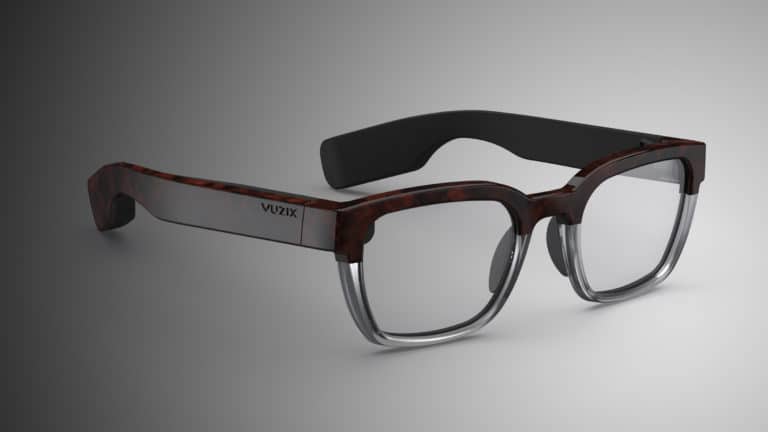
Like many analyst firms, one of the ongoing practices of AR Insider’s research arm ARtillery Intelligence is market sizing. A few times per year, it goes into isolation and buries itself deep in financial modeling. The latest such exercise zeroes in on headworn AR revenues.
This takes the insights and observations accumulated throughout the year and synthesizes them into hard numbers for spatial computing (see methodology and inclusions/exclusions). It’s all about a strong forecast model and lots of rigor in assembling reliable inputs.
So what did the forecast uncover? At a high level, headworn AR revenue is projected to grow from $822 million in 2019 to $13.4 billion in 2024, a 74.6 percent CAGR. This sum consists of AR glasses consumer and enterprise spending and their revenue subsegments.
Headworn AR Revenue Forecast, 2019-2024
Starting Point
Drilling down on one aspect of this forecast, what are projected sales for AR glasses? This is the starting point for the headworn AR opportunity, as other revenue categories like software build on the hardware base. This is a common pattern in emerging tech sectors.
Specifically, AR headsets are projected to grow in unit sales from 170,000 in 2019 to 3.9 million in 2024. That correlates to an installed base of 6.97 million units in market by 2024. These totals include enterprise and consumer hardware, the former leading in early years.
Specifically, enterprise accounts for 159,000 units sold in 2019, growing to 2.3 million units in 2024. Consumer AR glasses will trail enterprise throughout this five-year outlook, but it will begin to catch up in later years with 1.59 million of the 3.9 million units projected for 2024.
Why is this? Consumer markets are generally larger than enterprise markets, though they can often trail in early stages. That common pattern is pronounced in AR where the hardware isn’t stylistically viable yet for consumer markets, causing them to lag in smart glasses adoption.

In Perspective
Those consumer AR market barriers will alleviate over time through improving standards and specs for consumer-grade smart glasses (size, weight, style, etc.). Another accelerant that accounts for the steep growth above is Apple’s rumored market entrance and halo effect.
There will also be success stories in specific vertical markets such as Tilt Five’s AR gaming-focused approach. We could then see other purpose-built hardware develop over time in different verticals and use cases as the AR market matures. This will be a moving target.
On the enterprise side, growth will continue to be driven by strong ROI cases for AR-guided productivity in areas like assembly, maintenance, and field service. Growth will also be driven by military applications, including the U.S. Army’s $22 billion contract with Microsoft.
But putting all of the above into perspective, 3.9 million AR glasses in 2024 is steep growth but is dwarfed by the smartphone base by 900 to 1. AR glasses could grow fast and from a small base, but they have a considerable distance to reach mainstream penetration.
We’ll keep tracking the sector’s performance as it makes that years-long ascent.

